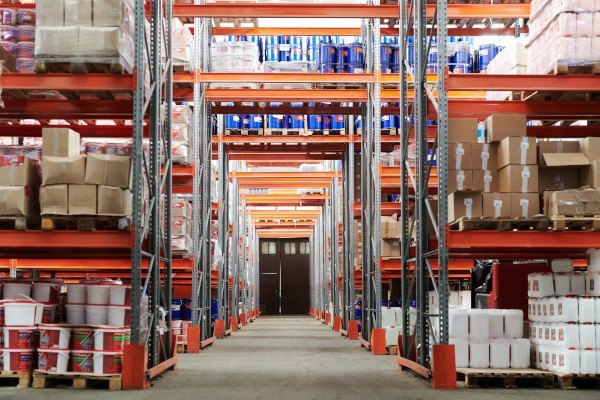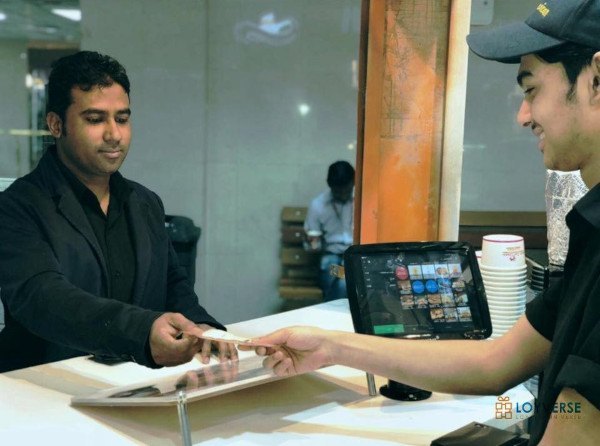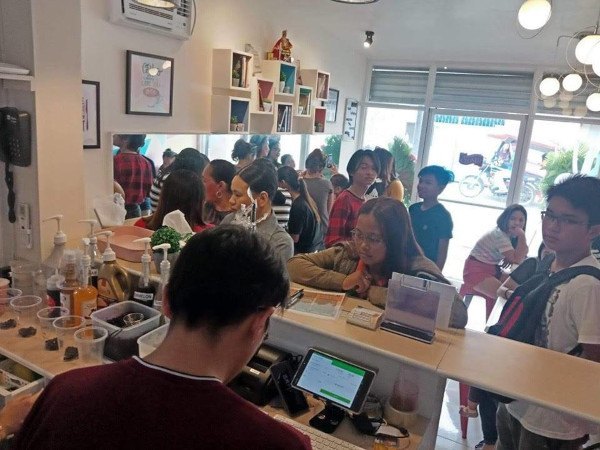How to use a POS system in a retail store?
Running a retail store requires an array of skills in administration, management, and marketing. From ensuring that your inventory is stocked up to putting together monthly sales reports and summaries, these skills are necessary for your store to run smoothly.
Having an efficient Point of Sale system can go a long way, so you can rest assured that all your operations are centralized and work simultaneously.
What is a POS And How Does It Work in Retail?
The Point of Sale (POS) refers to the particular area in your store where customers pay for their purchases. The term is most often used to describe systems that keep tabs on financial transactions. Your POS could either be a cash register or a program integrated into your computer system that records and keeps track of the data that involves a business transaction to sell goods or services.
This system is beneficial to manage retail stores as it is the most reliable tool for a store owner to manage and evaluate the overall business performance. POS varies in types and some offer simple features that can be seamlessly integrated on any PC or online-based system. At the same time, some offer a fully integrated system with mobile capabilities.
Retailers that invest the time and resources to administer such a system will reap the benefits.
Key features of an effective POS System for retail stores
Here are some of the key features you should look for in a quality POS system for your retail store:
Sales Process
The most crucial factor of a retail store is how fast it can provide service to the customers, most especially when it comes to paying for their purchases. Retails avoid jams and lines in your store.
Barcode scanning is a key feature offered by POS that will make the payment process a lot quicker and more efficient. This feature will also help retailers categorize items and products. With just one scan of the barcode, the data can be keyed in as an accomplished sale.
Sales Data
One of the key features of an effective POS system is generating accurate real-time reporting for you on your sales results. It should do daily, hourly and real-time reporting. Today's POS system allows you to assess your sales performance in a yearly and dayparts. It should automatically analyze sales trends and provide you a business forecast based on those.
Inventory Management
In retail, cash is king. And the enormous ditch in retail cash performance is a fumbled inventory. A well-managed inventory system is a top feature your POS should be able to provide. It should be able to quantify inventory turnovers, sell-through rates, and even fill-in orders. A quality POS system will notify you when you are low on stocks and flag inventory that is not moving in your store. Your POS should also track down markdowns on certain inventories.
A retail store should be able to perform an inventory count from time to time. Your POS solution should have a feature to conduct inventory count.

Customer Relationship and Experience
Many of the most successful retail stores have explicit knowledge of who their customer is, what they like and do not. Knowing your customers can give you a better idea of the kind of POS you should get for your business.
POS systems store customer data and purchase history. This is a key feature that can improve your customer retention because it helps personalize the customer's experience. When you are setting up plans for advertisement and marketing, the collected data will help you select the exact customers interested in your sale.
For example, in a fashion retail boutique, it would be a waste of money to send a sale flyer for a markdown on oversize T-shirts to a customer who wears a size 2. POS data on customer profiles can't help you avoid this kind of mistake.

Loyalty Programs
One of the best ways to optimize customer retention and entice recurring engagements to your retail store is an effective loyalty program. Studies have shown that customers are more likely to spend more money on retails with a solid loyalty program.
Your POS system should be able to monitor these engagements for you. You may want to use the traditional punch cards to track their previous purchases, but it will be a whole lot better if your POS system can automatically track this for you so you can give the loyal customers their loyalty incentives.
Employee Management
Do you have the right staffing and staff performance to boost your sales? Do you have the right software to help you organize efficient staff scheduling, monitor their performance, including clock in, and clock out? One of the critical components of a POS system is an employee management system. It should track employee hours and sales performance as well.
To help you track the sales performance and determine how productive your employees are, you can look at the metrics of each employee, indicating the number of sales made per hour. Imagine having four employees in your retail store all working the same time slots; how will you know which one is making the most profit.

Reporting
The POS system's ability to be able to generate customer reports for you is a crucial feature. Your system will have a set of predefined reports that you can run and monitor. Still, you have to make sure that your system provides you the ability to customize and tailor the information to your analysis.
Look for a POS system that will show you weekly reports without you having to run it. Your sales report should also show your cost of goods sold, gross profit, margins, and tax, so you can better understand how much money is going back to your business.
The report is a key feature because it is a great way to give you a platform to analyze your sales performance. It gives you forecasts based on your sales data, helps you make decisions for improvements, and also gives you a chance to celebrate if you have reached your goal.
Integrations
Add-ons and integrations can extend the capabilities of a cloud-based POS system. This means you can link your POS to another platform, such as accounting software, e-commerce platforms, and payment processors, so that data flows seamlessly from one system to another.
For instance, if you integrate a payment gateway to your POS system, it should sync well and talk to each other. If you sync your system to, let's say, an online shopping cart, these two systems should be able to sync in your sales and inventory data so you can manage your stocks on both sales channels.
Seamless integration allows you to make the most out of your POS system and helps you get a better grip on your overall business performance.

Multi-store Inventory Management
Multi-store Inventory Management is a critical feature if you're running more than one retail store or if you have plans of expanding to more branches in the future. You want your POS and inventory management system to give you centralized stock control capabilities to have the ease of managing products from multiple stores and monitor sales performance in different locations from one platform.
A great feature of a quality POS solution is that it should be able to transfer stocks from one location to the next and generate reports for each store. This feature will save you the hassle of managing your stores from separate systems. So if you have plans of expanding your retail in the future, make sure you get a POS that can do everything from a single platform.
Edited by Chooli




0 Comments
Recommended Comments
There are no comments to display.
Please sign in to comment
You will be able to leave a comment after signing in
Sign In Now